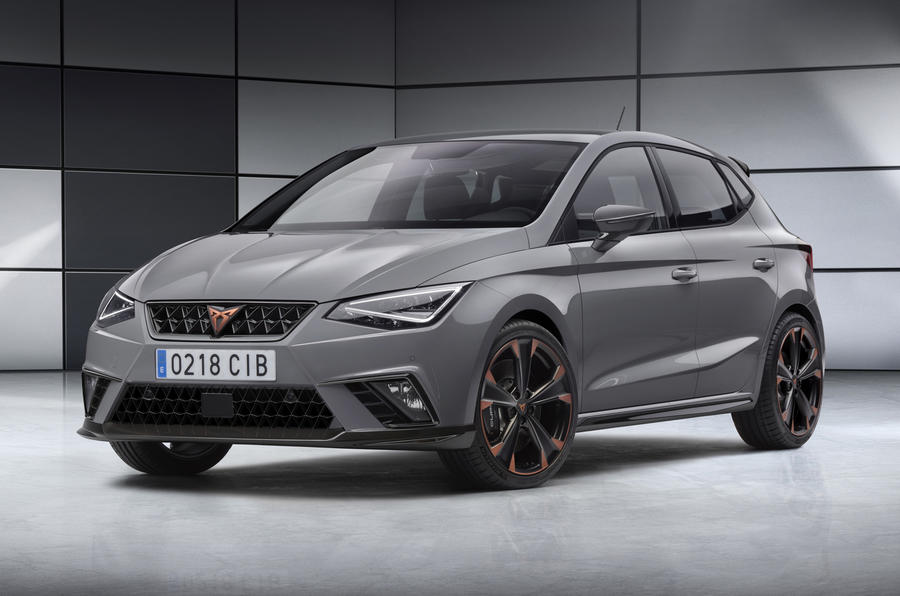Seat has always struggled for identity within the Volkswagen family. For years it played the role of a cut-price Audi, an ill-fitting role that threatened its future after the global financial crash. From a peak of 435,000 sales in 2000, volumes fell to just 261,000 in 2012.
R&D boss Matthias Rabe is the man responsible for much of the renaissance since then, leading a product renaissance that has seen Seat making cars with a much more compelling identity of their own, and covering a much broader part of the market. Last year the company came close to 400,000 sales again; this year it should beat its earlier record. Rabe has proved he knows the brand and he’s good at creating a product that attracts new buyers.
Which is why the decision to create the new Cupra division is a bit of a head-scratcher. Things might be picking up, but how does the wider Seat brand benefit from splitting off its most interesting models, the ones that presumably reflect halo on the rest of the range, into what is effectively a separate brand? The name change and insistence of selling the same basic models from separately branded showrooms means it is easy to see this as being closer to the creation of a Vignale than a Renault Sport.
Yet there is logic present. Seat’s sales are increasing, but like Skoda its customers are being attracted by what marketing types call a compelling value proposition. Seats aren’t cheap and nasty, but they have to offer quality at a very competitive price, not least because of the internal challenge within the group. Having to sell a Leon with more kit than the equivalent VW Golf, or at a lower price, remains a limiting factor on how far the brand can stretch.
Cupra Ibiza concept previews future Fiesta ST rival
Cupra could be a way around that. As Rabe admits, buyers will still be looking to maximise their bang per buck – “it would be wrong to make the Cupra Leon or Cupra Ateca €1000 more expensive just because of the brand, that would not work” – but the faster end of the car market has proved that buyers will indeed pay a premium for more performance, or more capability. Cupra gives the opportunity to create limited run models and even bolt-on performance parts with the support of a dealer network; to build a fanbase that will keep coming back. If a Cupra model can spank the equivalent VW around a track will people mind if it’s more expensive? And as the first performance SUV spun from VW’s vast MQB architecture, the Cupra Ateca has plenty of clear blue water to go and play in.






Join the debate
Add your comment
Manufacturers seem obsessed
Manufacturers seem obsessed with brands and sub brands, and whether they should be seperate or not. I really don't know why Citroen split off DS, I liked the Citroen connection, possibly suggesting a more comfortable, plush alternative to German rivals. On its own its meaningless, and if the latest models are anything to go by its going nowhere on its own. For me Cupra is Seat, and I don't think there's anything wrong with that.
Is the new Cupra brand going to be a Renault Sport or Vignale?
In a word: NO.
Another superfluous piece by